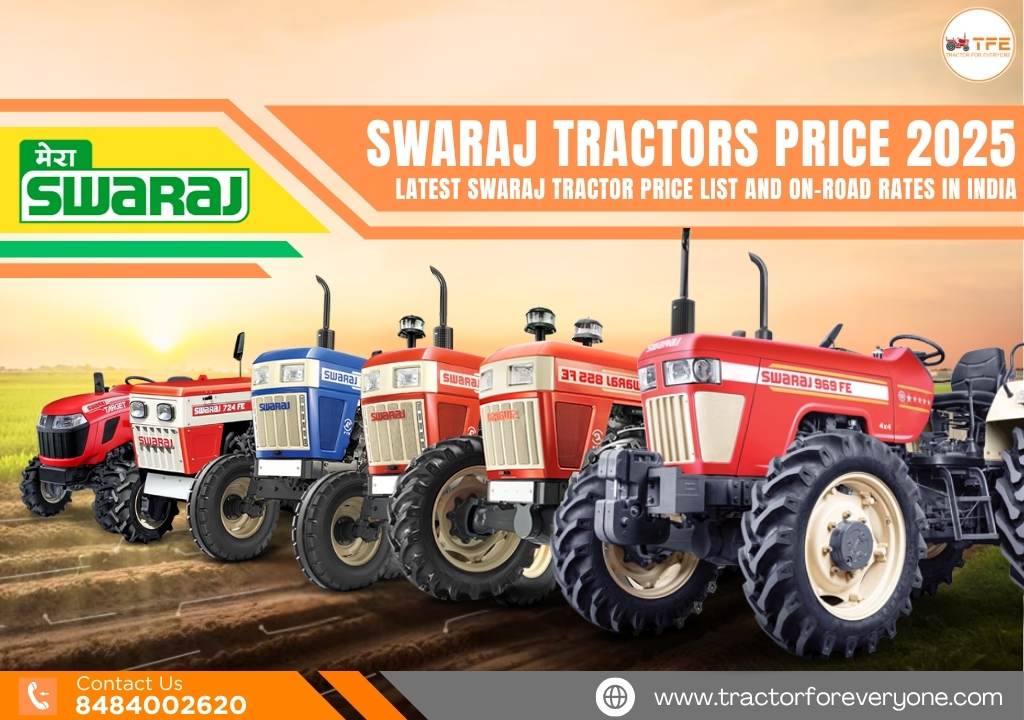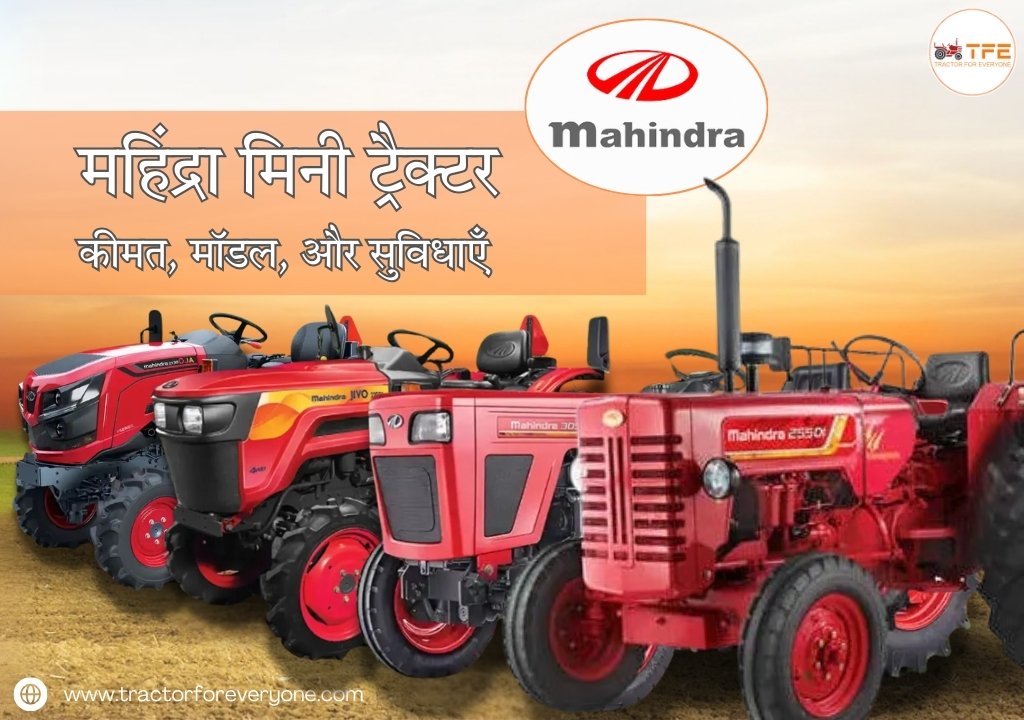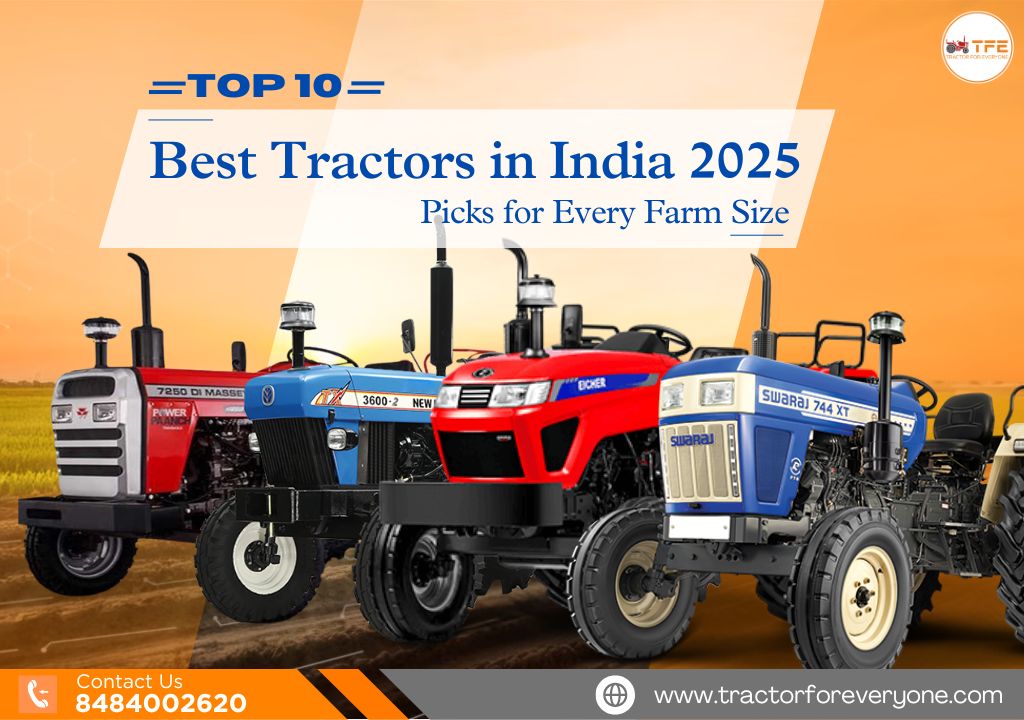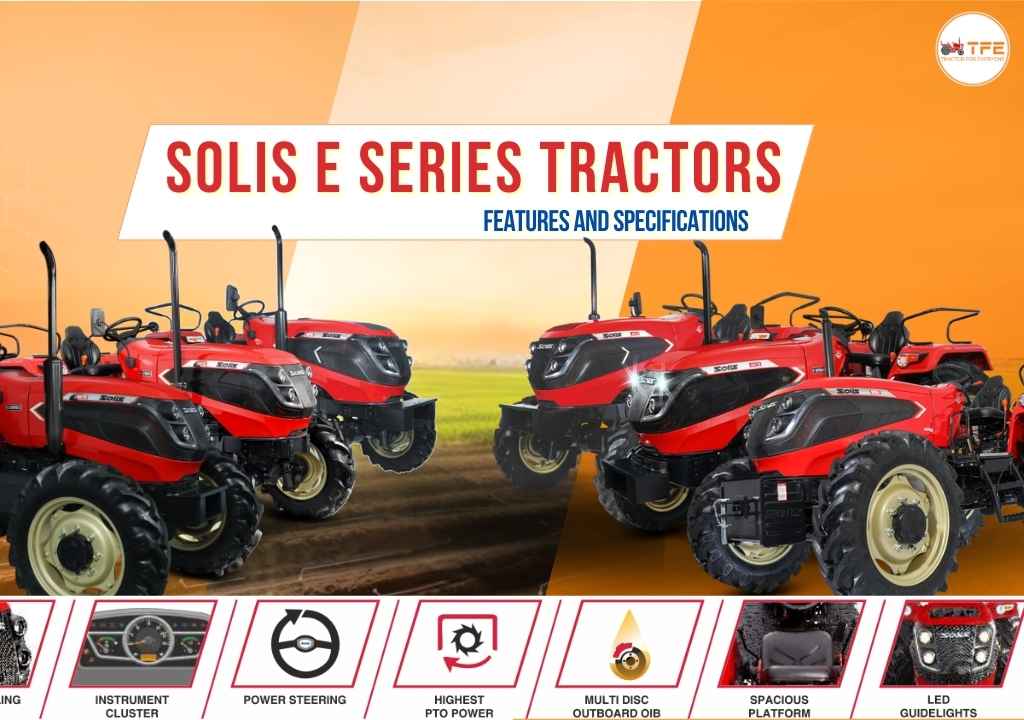Best Used Car, Services, Auto Parts, Rent Car Available for Buy and Sell Near By Go Ahead
- Swaraj Price 2025: Latest Swaraj Tractor Price List and On-Road Rates in India
- महिंद्रा मिनी ट्रैक्टर - कीमत, मॉडल, और सुविधाएँ
- Best Tractors in India 2025: Top 10 Picks for Every Farm Size
- Swaraj 855 FE Tractor Review 2025 Features, Price and Performance Explained
- महाराष्ट्र फार्मर आयडी: ऑनलाइन नोंदणी प्रक्रिया, कागदपत्रे आणि फायदे
- Sonalika Tractor Price 2025 Complete List of Models, Series and Latest Offers
- Swaraj Tractor Price List 2025: Best Tractors for Small, Medium & Large Farms
- Swaraj 744 FE Price, Features & On-Road Cost Explained for 2025
- Mahindra Tractors Price 2025: Complete List, Series-Wise Comparison and Best Models
- New Holland 3630 TX Super Plus+ Tractor Review 2025: Features, Price and Performance
_in_Modern_Farm_Equipment.jpg)
The Role of Variable Rate Technology (VRT) in Modern Farm Equipment
Agriculture plays a major role in boosting economies, contributing over 4% to global GDP and nearly 17% in countries like India. With rising food demand and unpredictable climate conditions, farmers today need smarter solutions to stay productive and sustainable. One such innovation is Variable Rate Technology (VRT), a key part of precision farming.
VRT uses tools like sensors, GPS, and data maps to adjust the use of seeds, fertilizers, and water based on the specific needs of different areas in a field. This approach helps farmers improve crop yields, reduce waste, cut costs, and protect the environment.
Since its introduction in the late 20th century, VRT has evolved into a pillar of smart agriculture. The global VRT market is expected to reach $25.43 billion by 2033, showing how important it is for the future of farming.
In this blog, we’ll dive into what Variable Rate Technology is, how it works, and why it’s changing the way modern farming is done.
Understanding VRT (Variable Rate Technology) and Its Impact on Farming
Variable Rate Technology (VRT) is a revolutionary agricultural approach that helps farmers use inputs like fertilizers, water, seeds, and pesticides more efficiently. By adjusting the application rate of these inputs according to the specific needs of each part of a field, VRT optimizes resource usage, boosts productivity, and reduces waste.
What Is VRT?
At its core, VRT enables farmers to apply inputs at variable rates instead of applying them uniformly across an entire field. Using sensors and GPS technology, VRT allows for precise targeting, ensuring that each area of the field receives the right amount of inputs at the right time. This results in healthier crops, better yields, and more sustainable farming practices.
A 360° View of VRT
To fully understand the potential of VRT, let’s take a quick 360° view of its application and impact:
- Precision Farming: VRT relies on data from sensors that monitor soil conditions, crop health, and moisture levels. These sensors provide real-time information to application equipment like seeders, sprayers, and irrigation systems.
- Data-Driven Decisions: By collecting data on factors such as soil fertility and moisture levels, farmers can make data-driven decisions about when and where to apply fertilizers, seeds, or pesticides.
- Integration with Technology: VRT uses advanced tools like GPS, drones, and satellite imagery to give farmers accurate insights into field conditions, helping them manage their land more effectively.
Key Benefits of VRT
- Economic Advantages
VRT is primarily about cost savings. By targeting inputs precisely, farmers don’t waste money on excess fertilizers or pesticides. They only apply what’s needed, which directly lowers input costs and increases crop yields. The result is a better return on investment (ROI), making it a vital tool for farmers aiming for greater profitability.
- Environmental Benefits
With increasing concerns over sustainability, VRT offers significant environmental advantages. It minimizes the overuse of fertilizers, pesticides, and water, which helps preserve natural resources. This reduces runoff, prevents soil erosion, and conserves water, all of which contribute to healthier ecosystems and a lower environmental footprint.
- Improved Resource Management
VRT ensures that inputs are applied only when and where they are needed. For example, irrigation systems can adjust water flow based on soil moisture levels, ensuring that plants don’t receive too much or too little water. This precise management helps conserve water and reduces the risk of drought stress or over-watering.
Challenges of VRT
While VRT offers numerous benefits, there are a few challenges that farmers need to consider:
- High Initial Costs: The technology and equipment needed for VRT, such as sensors, GPS systems, and software, can be expensive. However, the long-term savings and increased productivity can justify this initial investment.
- Learning Curve: Implementing VRT requires farmers to learn how to interpret data and use new technology. This might require additional training and time for adaptation.
- Data Management: Handling the large amounts of data generated by sensors and software can be overwhelming. Farmers need to ensure they have the right tools and skills to analyze and act on this data effectively.
Key Components of VRT
For VRT to work efficiently, it relies on three main components:
- Sensors: Sensors collect vital data about soil moisture, nutrient levels, and crop health. This data allows farmers to pinpoint areas of the field that need more or fewer resources.
- Application Equipment: Tools like seeders, sprayers, and irrigation systems adjust their outputs based on the data received from sensors. This allows for precise control over the application of seeds, fertilizers, water, and pesticides.
- Software: VRT software helps process the data collected by sensors and generates actionable insights. Programs like John Deere Operations Center and Trimble allow farmers to visualize field conditions, create prescription maps, and monitor the effectiveness of their operations in real time.
Applications of VRT
VRT is highly versatile and can be applied to multiple areas of farming, including:
- Variable Rate Seeding: Adjusting the planting density and seed variety depending on the soil’s fertility. This ensures that plants have enough space and nutrients to grow, leading to healthier crops and optimized yield.
- Variable Rate Fertilization: Applying fertilizers at varying rates across the field, based on soil tests and nutrient needs. This ensures crops get the nutrients they need at the right time, while reducing waste and environmental impact.
- Variable Rate Irrigation: Adjusting the amount of water applied to different areas of the field based on soil moisture levels. This prevents water wastage and ensures crops are properly hydrated, improving their growth and resilience.
- Variable Rate Pesticide Application: Applying pesticides only where they are needed, reducing chemical usage and minimizing the impact on beneficial insects and the environment.
Also Read: The Evolution of Sugar Exports in India: Key Insights and Future Projections
Additional Considerations and Future Outlook
As global population growth continues to place pressure on food production, VRT will become increasingly important for maximizing agricultural efficiency. The technology allows farmers to optimize their operations, increase yields, and conserve valuable resources.
Remote sensing technologies like drones and satellite imagery are also expected to play a larger role in VRT. These tools will provide farmers with even more precise and frequent data, improving decision-making and the accuracy of inputs applied across fields.
As the adoption of VRT grows, we can expect a shift towards smarter farming—where technology, data, and sustainability come together to create a more efficient, profitable, and environmentally friendly agricultural system.
Summary:
Variable Rate Technology (VRT) helps farmers make efficient decisions, boosting productivity while reducing costs. Despite challenges like high initial costs and data integration, small-scale trials and expert advice can help overcome these hurdles. VRT improves crop yields, lowers input costs, and supports sustainable farming practices. Investing in VRT provides long-term benefits, especially with evolving technology. Farmers who stay updated on advancements can adapt effectively. VRT also allows precise resource use, optimizing field conditions. Both map-based and sensor-based methods offer advantages based on field variability. Farms with more variability benefit greatly from VRT. Continuous learning and collaboration with other farmers enhance success. VRT is a powerful tool in modern agriculture, improving both the economy and the environment.
Frequently Asked Questions (FAQ):
1. What is the primary advantage of using VRT in farming?
VRT helps farmers apply resources like fertilizers and water precisely where needed, maximizing efficiency and boosting overall productivity.
2. How does VRT impact crop yields?
By tailoring the application of inputs to the specific needs of different areas within a field, VRT enhances crop growth and improves yields.
3. What is the role of sensors in VRT?
Sensors collect crucial data like soil moisture and nutrient levels, allowing for real-time adjustments in farming practices.
4. How can VRT help reduce farming costs?
VRT reduces the overuse of inputs such as fertilizers and pesticides, lowering expenses while maintaining optimal crop growth.
5. Is VRT technology suitable for all types of farms?
VRT is most beneficial on large, variable fields, but small farms can also benefit, especially if the farm has diverse soil and crop conditions.
6. How does VRT contribute to better soil health?
By using the right amount of resources in the right places, VRT prevents over-fertilization and soil degradation, promoting healthier soil for future harvests.
7. What challenges should farmers expect when adopting VRT?
Farmers may face high upfront costs and the need for specialized knowledge, but proper training and support can help them overcome these challenges.
8. How do drones enhance VRT applications?
Drones provide high-quality aerial imagery, helping farmers monitor crop health and make informed decisions about input applications.
9. Can VRT help in water conservation?
Yes, VRT optimizes irrigation by ensuring water is applied based on soil moisture data, reducing wastage and conserving water.
10. What technology is needed to implement VRT?
Farmers need GPS systems, sensors, application equipment, and specialized software to implement VRT effectively on their farms.
11. How can VRT lead to more sustainable farming practices?
By reducing chemical use and water consumption, VRT minimizes the environmental impact and supports long-term sustainability in agriculture.
12. What is the role of VRT in pest management?
VRT allows for the targeted application of pesticides only in areas where pests are present, reducing the overall chemical use and helping protect beneficial insects.
13. Are there financial incentives for adopting VRT?
Some regions offer subsidies or financial support for farmers who invest in precision farming technologies like VRT, which can help offset the initial costs.
Write a Comment
Popular Blogs View All
-

Swaraj Price 2025: Latest Swaraj Tractor Price List and On-Road Rates in India
07/24/2025, POSTED BY ADMIN -

महिंद्रा मिनी ट्रैक्टर - कीमत, मॉडल, और सुविधाएँ
02/18/2025, POSTED BY ADMIN -

Best Tractors in India 2025: Top 10 Picks for Every Farm Size
05/29/2025, POSTED BY ADMIN
Popular Video View All
-

महाराष्ट्रात Second Hand Tractors ची उत्तम संधी! तुमच्या बजेटमध्ये, विश्वासार्ह ट्रॅक्टर मिळवा!
12/16/2025, POSTED BY ADMIN -

TFE Reaper Machine Working | Full Multi-Crop Cutting Process!
12/16/2025, POSTED BY ADMIN -

5 Things You Need to Know Before Buying a Solis E Series Tractor
05/17/2025, POSTED BY ADMIN

